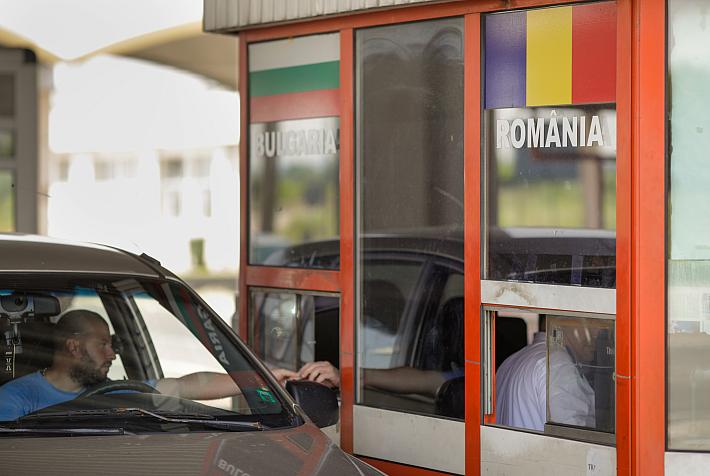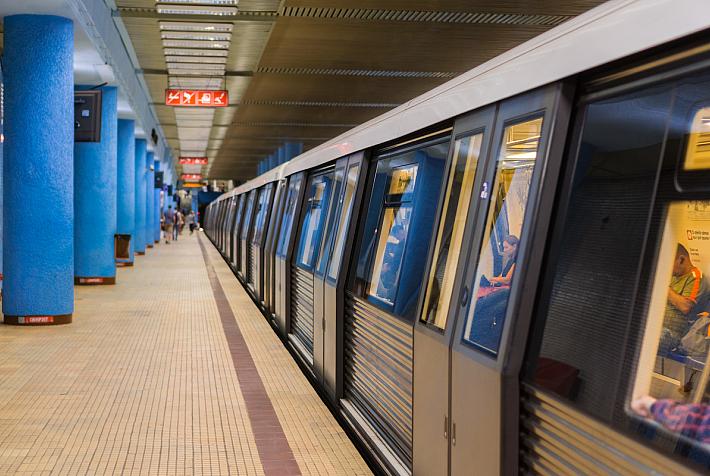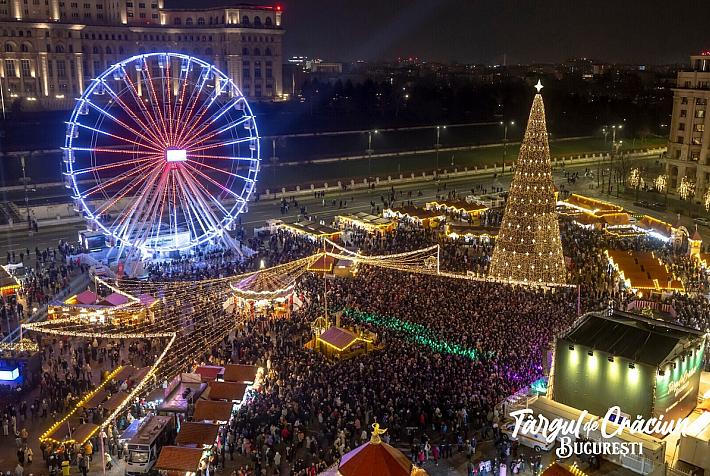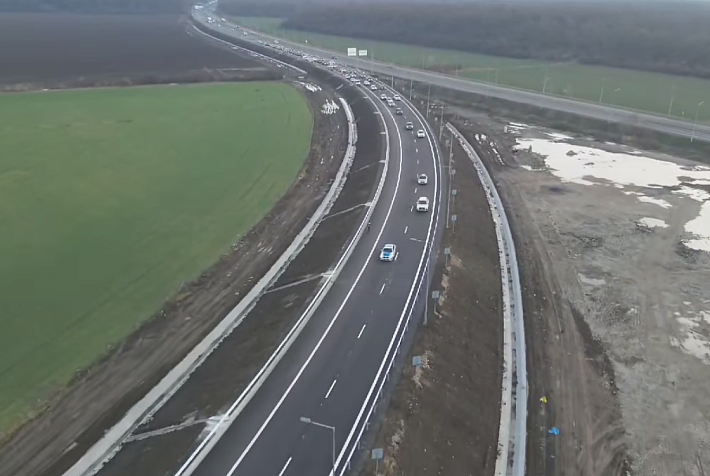World Monuments Fund includes Bucharest among cultural heritage sites at risk

The World Monuments Fund (WMF) has included Romania’s capital among the cultural heritage sites at risk from the forces of nature and the impact of social, political, and economic change.
WMF’s 2016 World Monuments Watch list, which includes 50 at-risk cultural heritage sites in 36 countries, was released in mid-October. It also includes Romania’s Rosia Montana mining landscape.
According to WMF, “the Romanian capital is facing a crisis. A built environment of great historical, social, and symbolic significance is threatened by abandonment and demolition of historic buildings, uncontrolled development, and inappropriate rehabilitation.”
Bucharest hosts architecture that was based on foreign stylistic models-primarily French, as well as expressions of the Neo-Romanian style of the nineteenth and early twentieth centuries.
“In the first decades of the twentieth century, modernism flourished in Romania, as progressive and avant-garde ideas too found architectural expression. The built environment of the city also shows the marks of interventions carried out in the communist period of the country’s history, which saw the demolition of a large part of its historic center,” according to World Monuments Fund.
At present, many factors threaten the preservation of Bucharest’s urban heritage. In the context of ownership disputes, which appeared in the process of reversing the nationalization of private properties, the courts’ long delays keep many old buildings shuttered and neglected. Also, Romania’s growing economy raised land values in the city center, providing a strong incentive for demolition and redevelopment.
“Existing administrative and legal protections are not sufficient to address this crisis, as demolition permits are routinely issued even for properties in designated historic areas that have yet to be fully inventoried. A lack of technical resources, including a scarcity of craftsmen able to reproduce the plaster decoration that adorned the most distinguished buildings of the nineteenth and early twentieth centuries, means that inappropriate interventions threaten to irreversibly alter their most characteristic features,” according to WMF.
According to the organization, Bucharest was included on the list to “improve this dramatic situation.”
Find the entire list here.
Irina Popescu, irina.popescu@romania-insider.com












